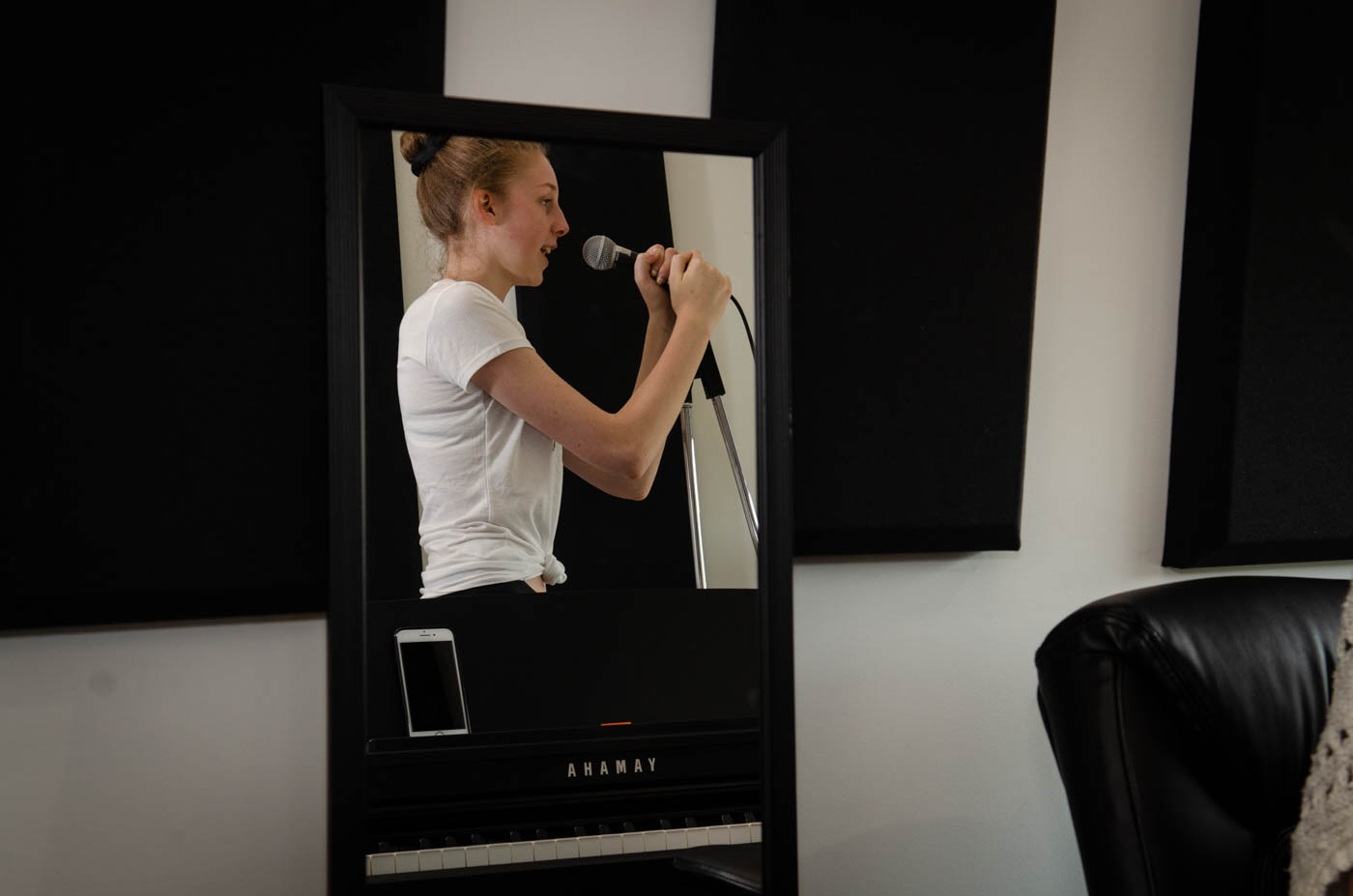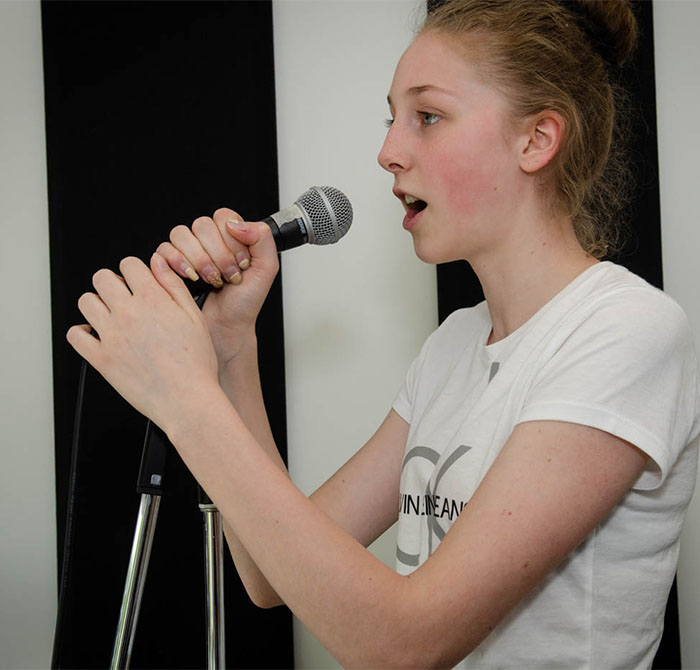Breathing Isn’t Everything!

Breathing is clearly important in our everyday lives as people. But, imagine if someone told you that the only thing you had to do to stay alive was to breathe in more air?
It sounds silly, but when it comes to singing, breathing more, or “better” is often the only thing people are asked to do in order to sound better or fix the issues they are having with their singing voice.
There are actually three fundamental systems that are involved in singing:
Respiration:
Otherwise known as breathing. There are many different breathing techniques that are used, but breathing for singing is quite simple.
Make sure you are standing with good posture – keep your torso tall, shoulders relaxed and back, and take in a “low”, silent breath. If you feel your stomach slightly move out and your shoulders stay down when you breathe in, you’re on your way to good breathing technique. To control the flow of air, slowly pull in your navel as you sing – especially on sustained notes.
Phonation:
When the air that you inhale meets the resistance of the vocal folds, they will start to vibrate, which creates pitch. In order for you to sing with ease and power, your vocal folds must have the right amount of resistance to the air that you take in.
Too little resistance to the air may create a “breathy” quality in your voice or may cause you to run out of breath too quickly when singing. Too much resistance to the air may build tension and strain when you sing.
If the phonation system is out of balance, the respiration system cannot do much to help your voice. On the other hand, if your vocal folds have enough resistance to the air, you will have an easier time singing through phrases and holding notes without running out of breath.
Resonation:
The sound waves that are created by phonation travel through the throat and mouth, which are the filter for the sound. We use our articulators – which are our lips, tongue, hard palate, and soft palate – to shape vowels in order to sing a song.
The way that we shape our vowels assists the creation of colour or tone in your voice. The more natural resonance you allow your voice to have, the more you are able to project your voice without tension or using an excess amount of air.
All of these systems are equally important and will help you sing with ease and power if they are working in balance.
Want to learn how to sing better with the guidance of a certified vocal instructor? We’d love to have you for singing lessons!
